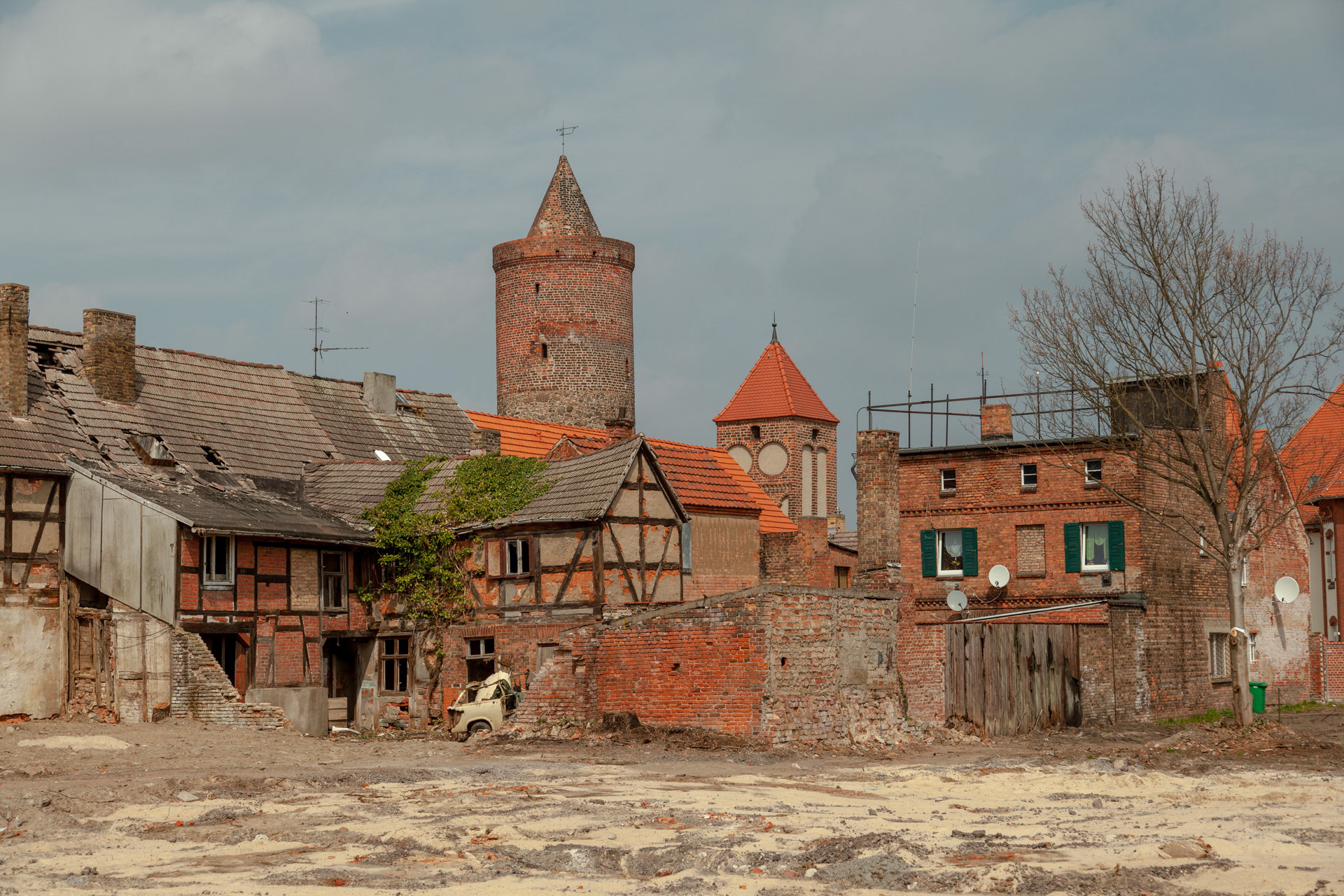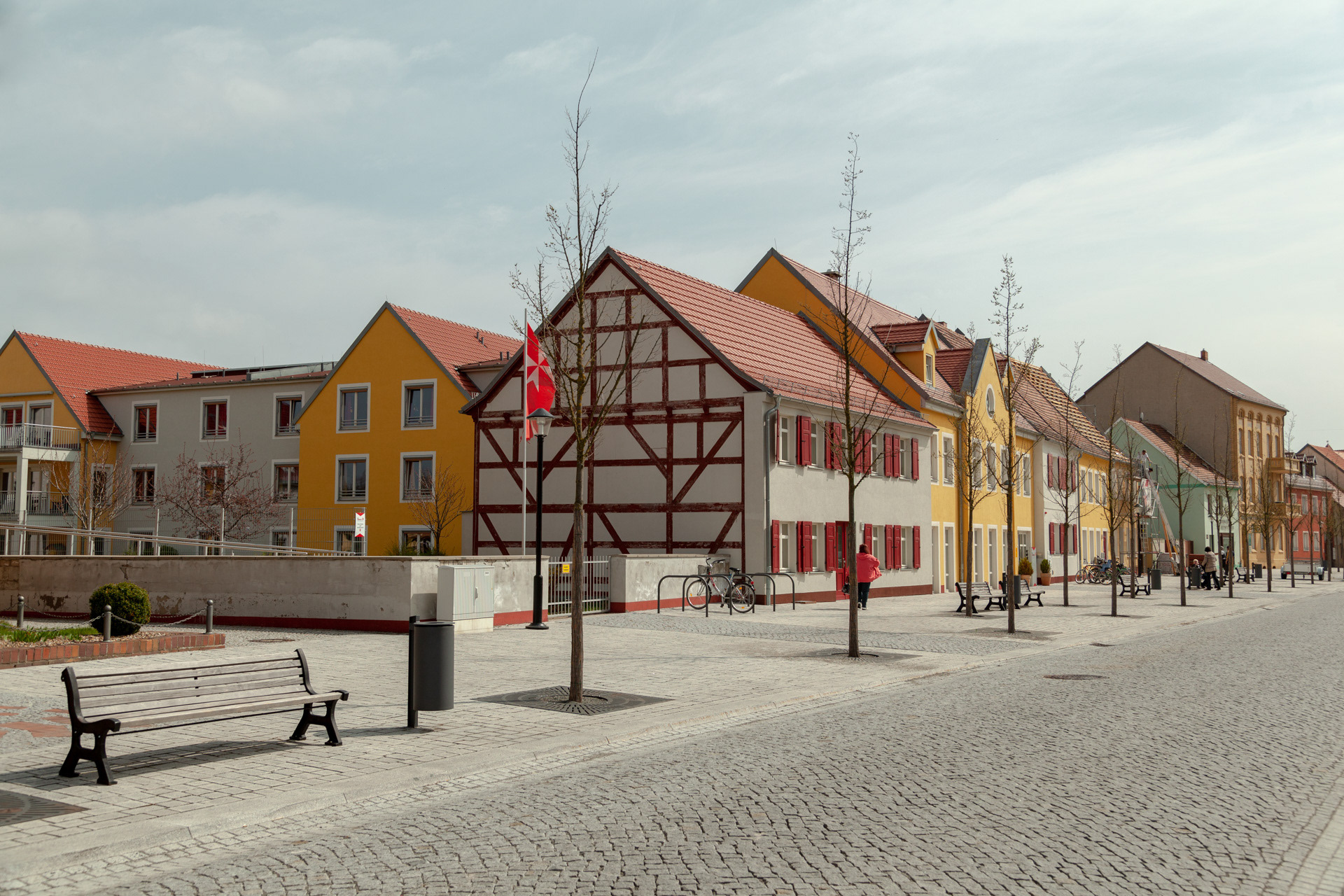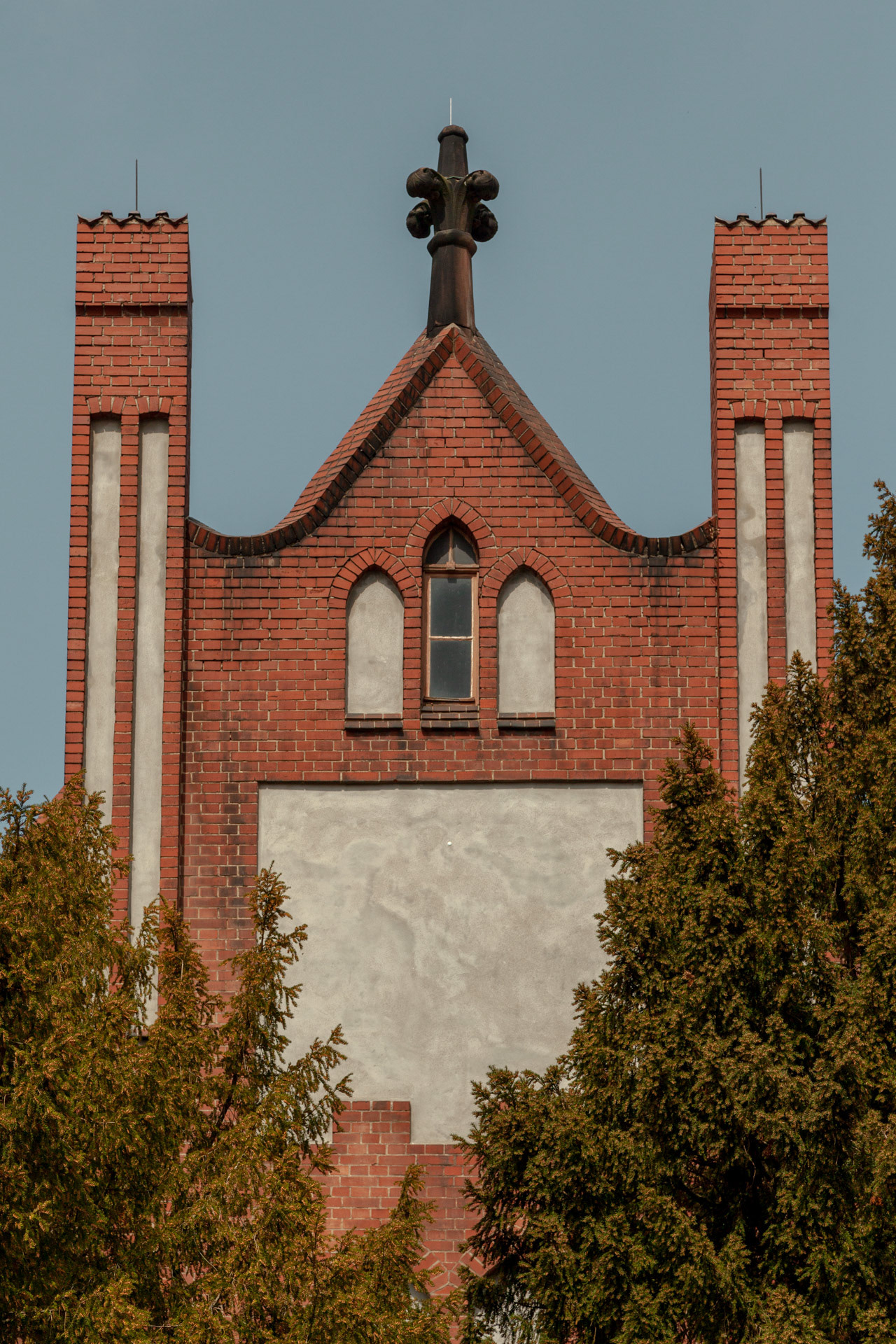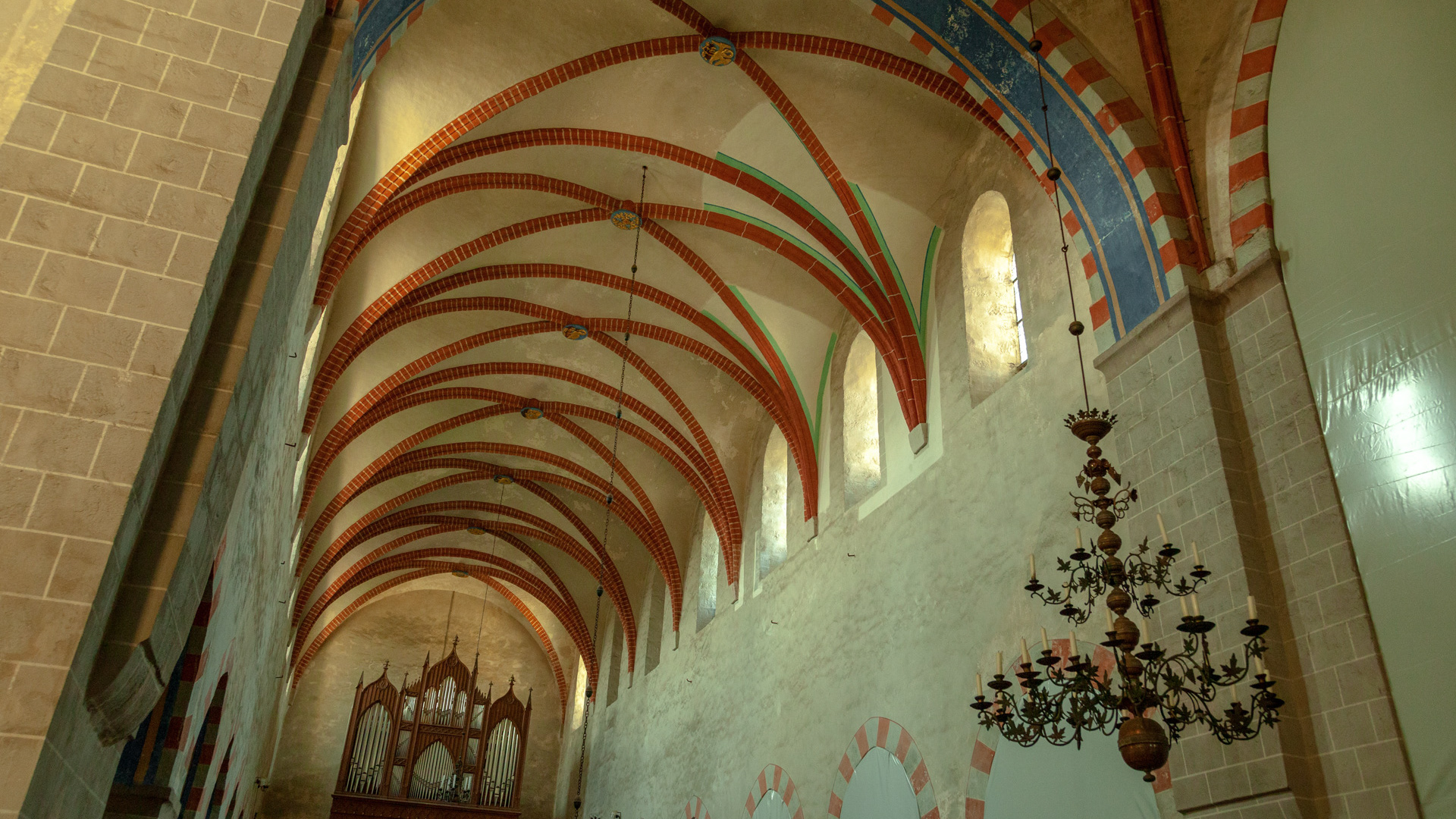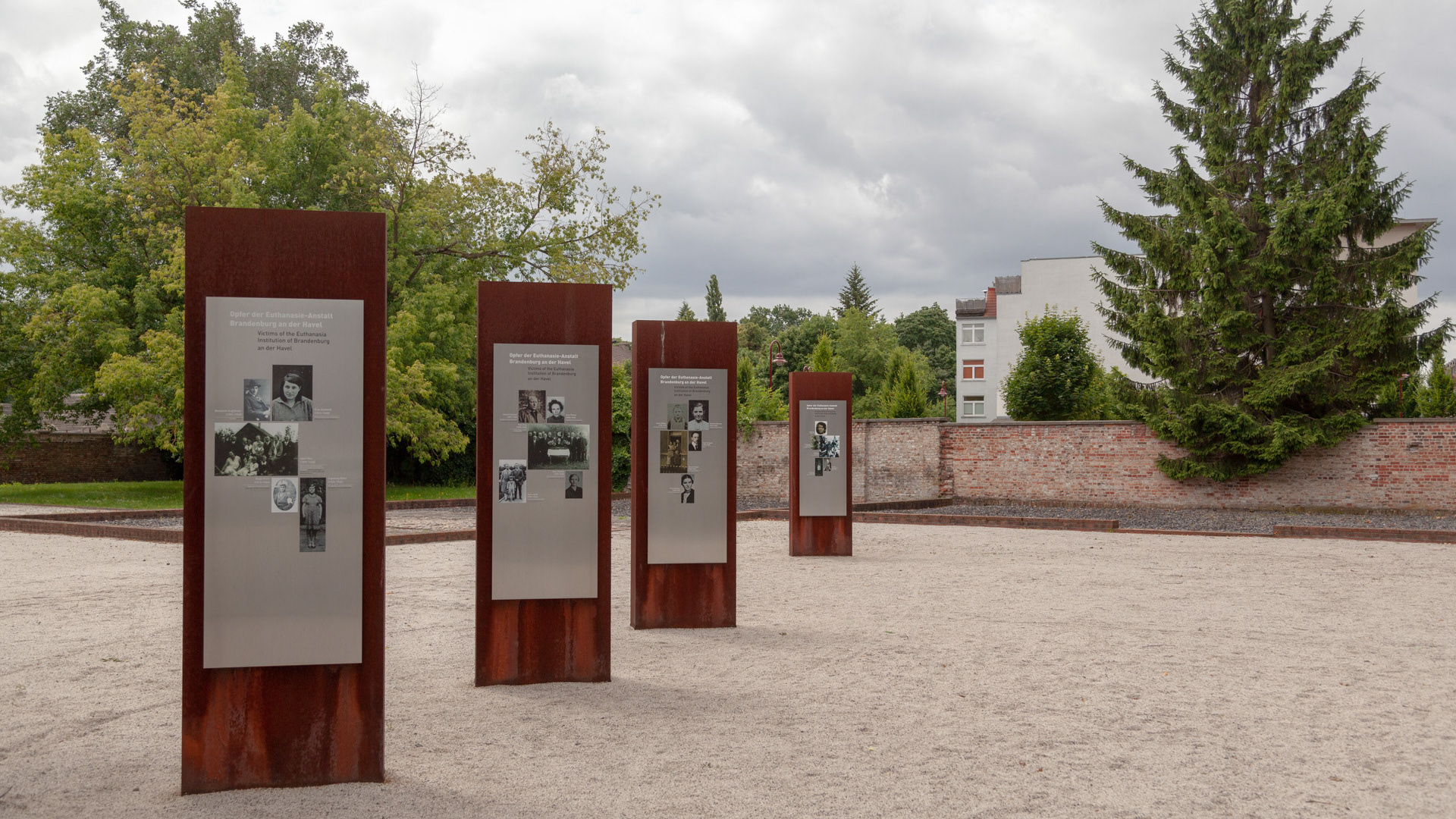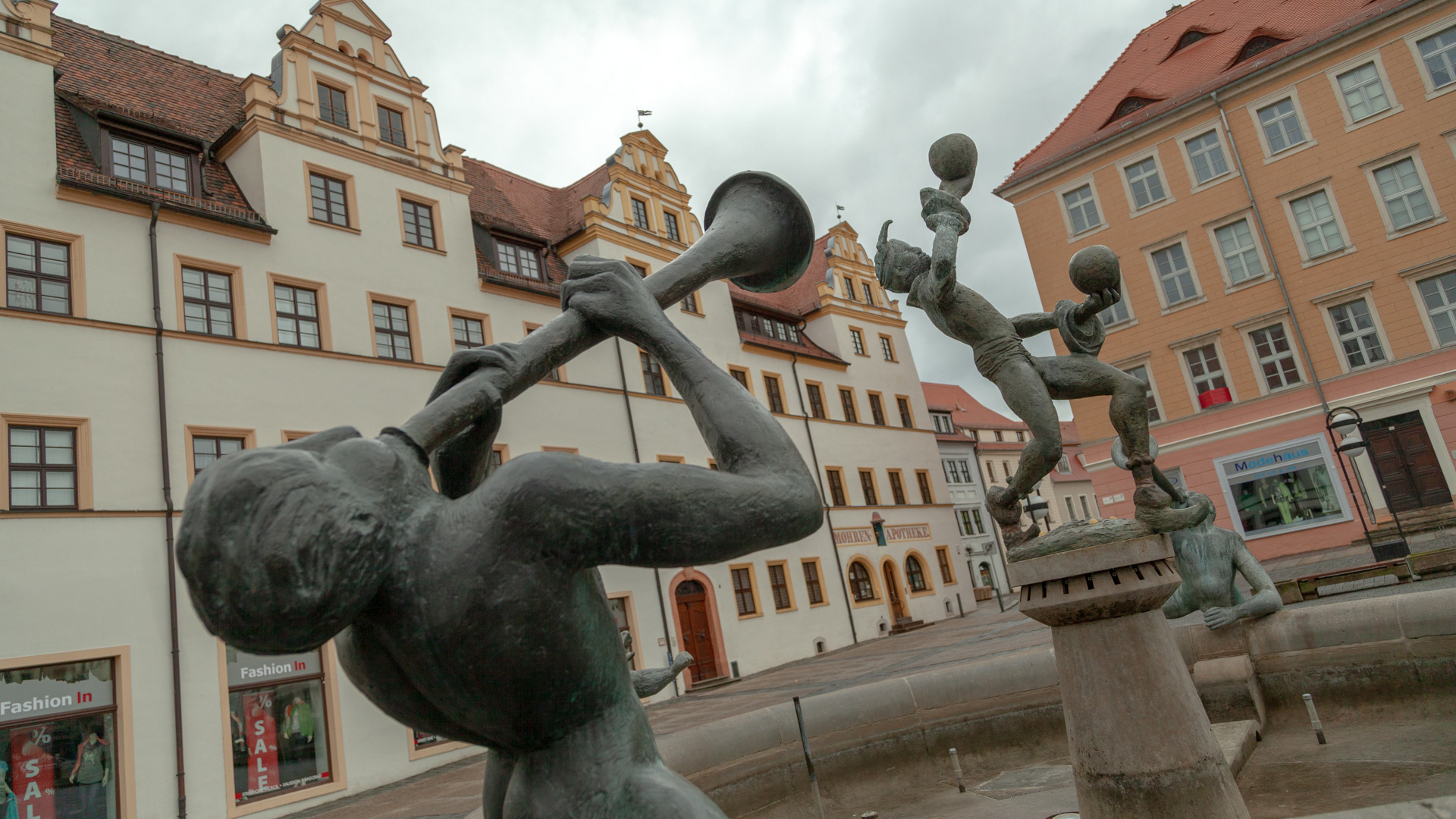We start a new itinerary section called "Breaking the Circle", going out of Berlin visiting the most interesting places in Brandenburg, the ring around Berlin, following the working group "cities with historic centers" - Arbeitsgemeinschaft „Städte mit historischen Stadtkernen“.
It's a new experience and we'll try to publish a new town every month.
Jüterbog is a small city with its medieval center built in concentric circles. The gates of the old city are still visible as like as some towers. The city center is small, but nice and you can still have the feeling of a small medieval city. Walking around we've also found a soviet monument to people who losts their lifes in WWII and other graves in a cemetery not far.
Built in 1007 it has been part of the history of Germany for important wars occured in the fields not far from the town. Under Nazi rule, Jüterbog's army base was greatly expanded and three surrounding villages were razed to make space for training areas. During the partition of Germany from 1945 to 1990, Jüterbog was part of East Germany and remained an important garrison town of the Red Army. Up to 40,000 Soviet soldiers were garrisoned in imposing Nazi-era barracks and in new buildings in the countryside.
It's a new experience and we'll try to publish a new town every month.
Jüterbog is a small city with its medieval center built in concentric circles. The gates of the old city are still visible as like as some towers. The city center is small, but nice and you can still have the feeling of a small medieval city. Walking around we've also found a soviet monument to people who losts their lifes in WWII and other graves in a cemetery not far.
Built in 1007 it has been part of the history of Germany for important wars occured in the fields not far from the town. Under Nazi rule, Jüterbog's army base was greatly expanded and three surrounding villages were razed to make space for training areas. During the partition of Germany from 1945 to 1990, Jüterbog was part of East Germany and remained an important garrison town of the Red Army. Up to 40,000 Soviet soldiers were garrisoned in imposing Nazi-era barracks and in new buildings in the countryside.






